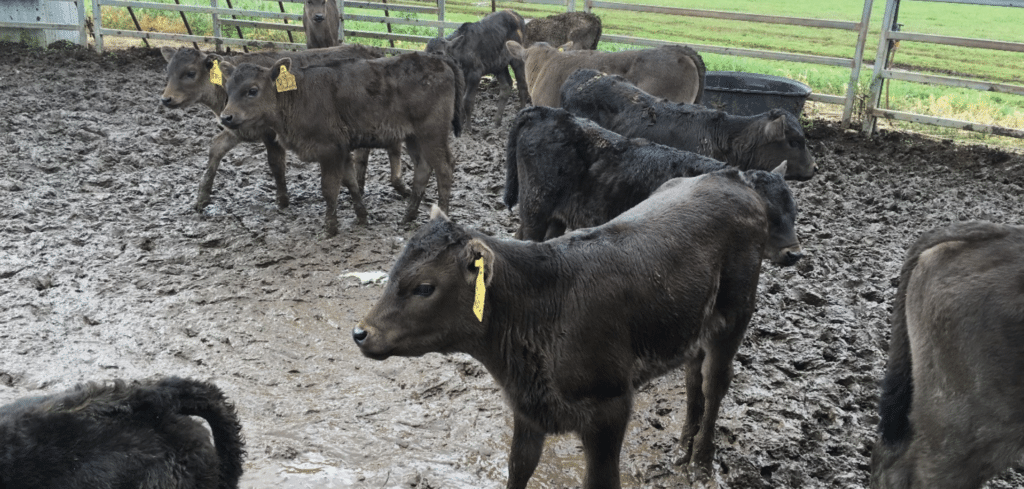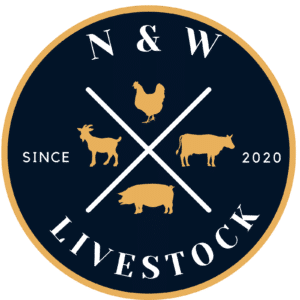19th Jan 23, 10:12am – This content is supplied by Rabobank.

Tight global beef supplies and steady demand for New Zealand beef are expected to support healthy farmgate prices for New Zealand beef producers through to 2025, Rabobank says in a newly-released report.
But with a number of key challenges facing the industry – including the need to decrease greenhouse gas emissions and to reduce bobby calf processing requirements – the bank says new ideas and strategic investment will be required by the industry to find solutions to these challenges and to extract more value from the beef supply chain.
In the new report Capitalising on tailwinds through to 2025, Rabobank says the beef industry has performed exceptionally well over recent years.
“The New Zealand beef industry has grown exports by 94,000 tonnes or 21 per cent over the last five years and enjoyed a golden run of pricing during this period,” report author Rabobank agricultural analyst Genevieve Steven said.
“Growing demand from China has been the key factor that has fuelled an increase in New Zealand beef exports. In 2017, China accounted for just 20 per cent of New Zealand beef exports, but since then, we’ve seen export volumes increase markedly and China is now New Zealand’s largest export market for beef accounting for close to 40 per cent of total exports in 2021.”
Ms Steven said the outlook for New Zealand beef exports over coming seasons remains strong, despite the prospect of increased competition from Australia and Brazil.
“Although beef production in Australia and Brazil is forecast to increase, we expect global beef production will remain tight through to 2025 due to the re-build of the US beef cow herd,” she said.
“We also expect consumption of ground beef in the US will grow as consumers trade down to lower-value beef cuts, in response to economic tightening. And this will play into New Zealand’s favour as we’re a key supplier of lean trimmings into the US for ground beef production.
“We anticipate that tight global beef supplies and increasing global consumption of ground beef will keep demand for New Zealand beef strong and ensure farmgate beef pricing continues at elevated levels over the next few years.”
Change is coming
While the outlook remains positive, the report says, change is coming for the New Zealand beef industry.
“The Paris Agreement is driving global markets to reduce supply chain emissions – the majority of which occur at the farm level – and represent scope 3 emissions for companies downstream in the beef supply chain,” she said.
“New Zealand farmers are experiencing these market signals via increased regulatory pressure. And afforestation, plus emissions and freshwater regulations are also expected to drive a decrease in New Zealand beef production by four per cent over the next three years.”
On top of regulatory challenges, the report says, the sector will also have to find ways to manage the increased need for bobby calf processing, with Fonterra set to bring in new rules in mid-2023 that specify all non-replacement calves must enter a value stream such as dairy beef finishing, veal production or the pet food industry.
“This will result in a significant jump in the number of bobby calves to process annually from mid-2023, and the meat industry is concerned about its ability to process increased volumes of bobby calves due to labour constraints and the highly condensed bobby calf season,” Ms Steven said.
She said industry participants will need to keep an open mind to different solutions aimed at addressing these issues in order to adapt the supply chain so it is fit for the future.
“And the healthy balance sheets of operators throughout the beef industry supply chain mean the sector is currently well-positioned to invest in new ideas and to think outside the box,” she said.
Potential solutions
The report identifies two strategies which have the potential to reduce both emissions and bobby calf processing requirements; closer integration of the dairy and beef industries and capturing more value through net zero carbon attributes.
Ms Steven said further investment into collaboration between the dairy and beef industries could help the beef sector reduce emissions and bobby calf processing requirements.
“One benefit of closer integration is it would allow the beef sector to capitalise on the lower emissions profile of dairy beef cattle. Dairy beef cattle have significantly lower emissions per kg CWT than straight beef cattle, due to dairy cow emissions attributed to milk production,” she said.
“The beef sector could also benefit from genetic research to find low emissions traits, and the use of methane reducing technologies in the dairy industry, that ultimately reduce the emissions profile of dairy beef calves entering the beef supply chain.”
Another opportunity, Ms Steven said, is to more closely align dairy beef genetics with market premiums for beef.
“Improved feedback loops between the beef and dairy industries will help to ensure that the beef genetics being used in the dairy industry align with market premiums, and that dairy beef animals meet finishers’ requirements,” she said.
A further opportunity stemming from industry collaboration that could help to reduce bobby calf processing, Ms Steven said, was the development of a rose veal industry for New Zealand.
“Rose veal – the term given to beef cattle slaughtered at age eight to 12 months – is a niche industry in New Zealand, with veal not commonly consumed domestically,” she said.
“There is an opportunity to develop a ‘raised in nature’ rose veal product which differs to European veal by being grass fed, natural and having low emissions.
“Opportunities may exist in Europe for a ‘raised in nature’ product, while other markets of interest include the US and Asia.”
Ms Steven said the first step in developing a rose veal industry would be to find customers who are prepared to pay a premium for New Zealand veal over European competitors.
“Clear market signals are required to give processors confidence to invest in developing a programme,” she said.
“Beef-finishing farmers could benefit from a rose veal industry by having shorter economic return periods for cattle, greater flexibility with short-term cattle, and a lower emissions footprint from young stock.”
In addition to greater industry collaboration, the report says, there is an opportunity to capture more value across the carcass, particularly with regard to the development of net zero carbon products.
“There are some niche consumer groups who are willing to pay premiums for net zero carbon beef from New Zealand and, typically, these consumers pay a premium for net zero carbon, in addition to a suite of other attributes,” Ms Steven said.
“Net zero carbon attributes are usually accredited to high-value primal cuts, often in the chilled category, because it is easier to pass through higher product costs to a consumer of premium beef cuts.”
Ms Steven said there is an opportunity to export net zero carbon lean trimmings into the US market as an ingredient in net zero or low emissions ground mince.
“A New Zealand-branded net zero carbon mince product is an option, but the challenge would be securing sufficient volumes of zero carbon fat trimmings. To scale this opportunity, New Zealand would need to partner with a company in Australia or the US that also produces zero carbon fat trimmings.” she said.
“Ensuring credibility of the ‘New Zealand net zero carbon product’ stamp will be essential if New Zealand is to grow sales in this area. Complete confidence is needed in attribute claims to avoid green washing and devaluing the integrity of the New Zealand brand.
“New Zealand does have a first-mover advantage because of the work that has already been done here to reduce emissions, but increased competition from other countries is expected within the next five years.”



